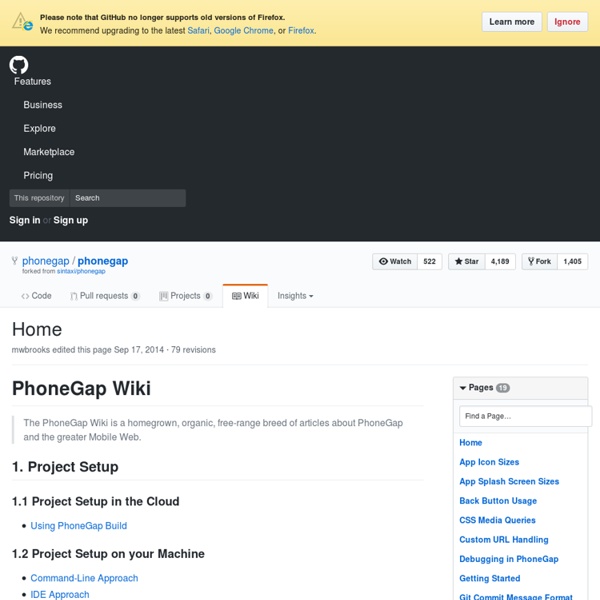



Designer’s Guide to Supporting Multiple Android Device Screens Unlike iPhones, Android devices do not have the same company developing both the software and hardware. This leads to different combinations of screen sizes, resolutions and DPIs and creates quite a challenge when designing and developing for these devices. While the iPhone 3G/S and iPhone 4 have different resolutions and DPI, they share the same screen size and the resolutions follow the same aspect ratio. Therefore, an image can be created to fit the iPhone 4’s specifications and be nicely down-scaled to the iPhone 3G/S. Credit to Steve Jobs for planning ahead and designing his phone with developers in mind. For some reason, manufactures using the Android OS on their phones did not give us the same luxury. We can spend all day comparing “Apples to Androids”, but instead let’s jump right into what we’re dealing with here. Popular Android Devices I thought it best to share a list of the most popular Android devices out in the market today and a few of their specifications.
Dan Rodney's List of Mac OS X Keyboard Shortcuts & Keystrokes For years I’ve collected these keystrokes. I hope they help you become the power user that lies within. I have tested them on Mac OS X El Capitan, but most should work on older versions of Mac OS (such as Yosemite, Mavericks, Mountain Lion). After macOS Sierra comes out I will update as needed! Menu Symbols Finder App Switcher Managing Windows & Dialogs Dock Dashboard Working with Text Only work in some apps (Safari, Mail, TextEdit, etc.) Screenshots Saved to the Desktop as a PNG file. Spotlight Mission Control Startup, Restart, Shutdown & Sleep Safari Apple Mail Preview Miscellaneous Emacs Key Bindings Only work in some apps (Safari, Mail, TextEdit, etc.)
Supporting Multiple Screens Android runs on a variety of devices that offer different screen sizes and densities. For applications, the Android system provides a consistent development environment across devices and handles most of the work to adjust each application's user interface to the screen on which it is displayed. At the same time, the system provides APIs that allow you to control your application's UI for specific screen sizes and densities, in order to optimize your UI design for different screen configurations. For example, you might want a UI for tablets that's different from the UI for handsets. Although the system performs scaling and resizing to make your application work on different screens, you should make the effort to optimize your application for different screen sizes and densities. In doing so, you maximize the user experience for all devices and your users believe that your application was actually designed for their devices—rather than simply stretched to fit the screen on their devices.
00: Before we start Submitted by paulojbe on Sat, 10/06/2007 - 14:50. We wrote this book for you. As it is free, please allow me to say a couple of words on promoting the Mac in return. Every Macintosh user can help to promote their favorite computer platform with little effort. Here is how. The more efficient with your Mac you are, the easier it is to get other people to consider a Mac. Show the world that not everybody is using a PC by making the Macintosh more visible. You download a small, free program, called a DC client, and start processing work units. One problem with this suggestion: It may become addictive! Make sure the Macintosh platform has the best software. Please contact at least 3 Macintosh users who could be interested in this programming, tell them about this book and where to find it. OK, while you download a DC client in the background, let's get started!
Removing address bar from browser (to view on Android) Xcode 4 Easy setup Take advantage of a complete workflow to manage pull requests directly within Xcode. Create new requests, see a queue of pull requests ready for your review, and quickly view, build, and test results generated locally or by Xcode Cloud. Team comments inline Comments that your teammates make on code during review display inline within the code editor, along with the name and avatar of the reviewer. Quick compare Jump into a comparison view of any two versions of your source code, in any editor, while retaining your current editing context. Cloud signing Apps are code-signed using an Apple-hosted service that manages all of your certificates, making App Store submission easier and more reliable. Bottom bar The always-visible bottom bar shows useful information, such as line and column, and offers direct access to quickly compare different versions of code. Vim mode CarPlay simulator Instant crash reports and feedback Custom documentation
Lock Screen Orientation in Android This article describes how to force the orientation of an Android view not to change ie screen not to rotate. How to lock the orientation How to detect the current orientation To programmatically detect the current orientation of the activity use the following code snippet. Example : Locking rotation while performing an action. You might wish to disable the screen rotation whilst performing an action or by user command, to do this you need to combine the above samples to detect the current orientation and lock the display to that orientation. Once your action has completed you may wish to enable screen rotation again, see the next section for an example on how to do this. How to re-enable screen rotation Leave a Reply You must be logged in to post a comment.
Designing For Android - Smashing Magazine